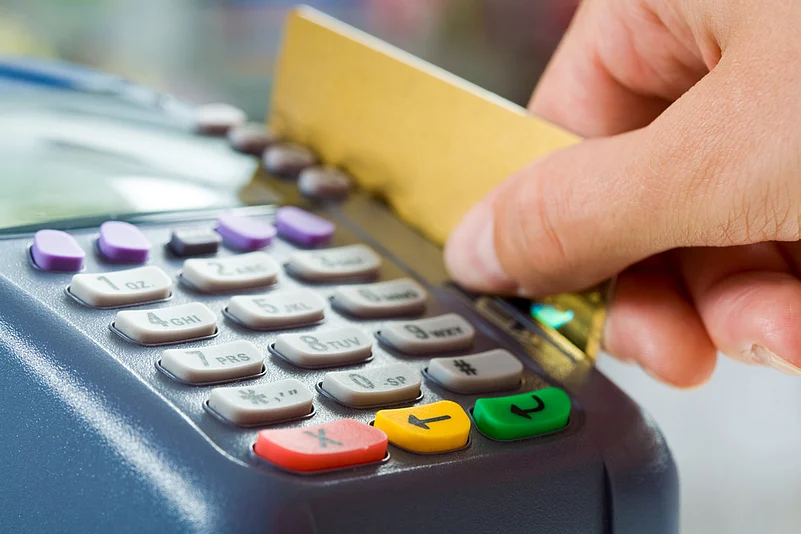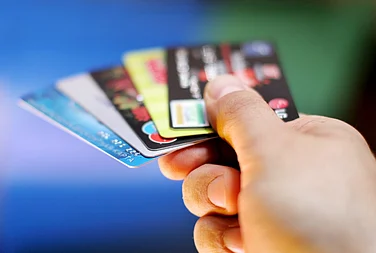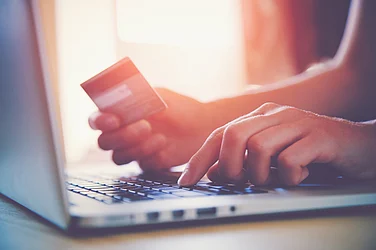Over the years, the banking industry has adopted technological innovations in multiple ways to ensure safety and security of customer data and finances. Numerous innovative solutions like EVM chips, signature panels, OTPs, security codes, etc. have become standard industry norms that every financial organisation follows as thumb rule. However, as the world steps towards digitisation with every passing day, scamsters and hackers continue to find loopholes to manipulate customers and successfully run card frauds in more ways than one.
Types of frauds:
Some patterns of card frauds that customers should be wary of:
- Skimming devices in PoS machines to hack customer data
- Phishing emails that bait customers to click on fraudulent links that takes them to scam websites
- Fraudulent refund calls asking customers to provide card details (including CVV number)
- Keystroke logging that installs suspicious software on a computer, that records every key pressed on it and shares card and password details
Advertisement
Some key steps to avoid debit card frauds:
While these are some common practices used by scamsters to execute card frauds, there may be some new methods they have adopted that very few of us know about. In order to ensure the safety of your debit cards and bank accounts, follow some basic rules while transacting with your card.
1. Report and block your lost card immediately
It is extremely common for customers to forget or lose their cards in ATMs, grocery stores, restaurants, etc. The moment you realise that your card is lost, drop everything and ring your bank to report it. In fact, it is even better to file a police report to have extra protection at the time you attempt to get your charges reimbursed from the bank. Time is of essence when it comes to card frauds. The more you procrastinate, the more time you are giving to the scamsters to take advantage.
Advertisement
2. Avoid financial transactions on a public network
Everyone loves free internet. It is extremely tempting to save one’s mobile data by connecting to open WiFi connections. Especially when you are whiling away time at the airport, malls, restaurants, etc. While using open internet connections, avoid logging into your bank account or making any financial transaction. Always use a password protected secure internet connection, so that hackers have lesser chance to capture your card details.
3. Use only bank ATMs
Phishing is one of the most common ways of card frauds, especially in public ATMs. Hackers can easily install phishing devices in ATMs that are at public places or in remote locations. ATMs attached to banks are generally safer as they are monitored constantly by the staff. If one has to only use a run-down ATM, be sure to check for signs of machine tampering.
4. Have a different card for digital transactions
It is always recommended that you have a separate card to execute digital transactions. That way, not only can you keep a tab on all your digital transactions, but also come to know of any fraudulent transactions immediately.
5. Physically cover your pin
Whether you are at the ATM or making a purchase over a PoS machine, it’s a great habit to cover the machine while entering your pin. It might look odd to you and people around you, but it’s a simple method to safeguard your pin. Some fraudsters also install hidden cameras to record everyone’s transaction and use the video recording later to commit fraud.
Advertisement
Conclusion:
While the banking industry is constantly trying to secure your digital transactions, customers should also be vigilant enough and adapt some simple habits to play their part in their own financial safety.
The author is the Founder of QPS Global
DISCLAIMER: Views expressed are the author's own, and Outlook Money does not necessarily subscribe to them. Outlook Money shall not be responsible for any damage caused to any person/organisation directly or indirectly.















 Just one email a week
Just one email a week